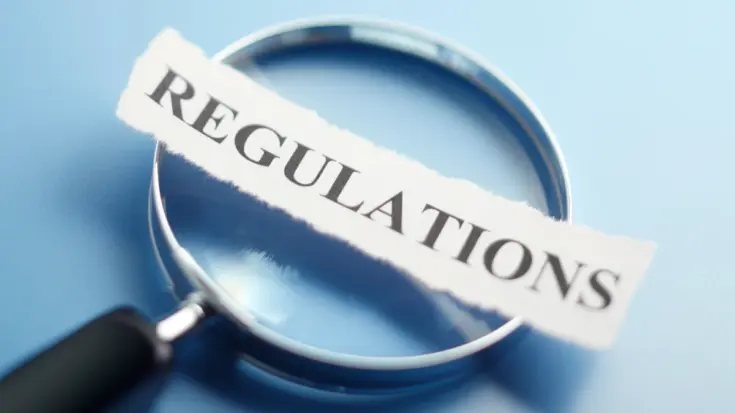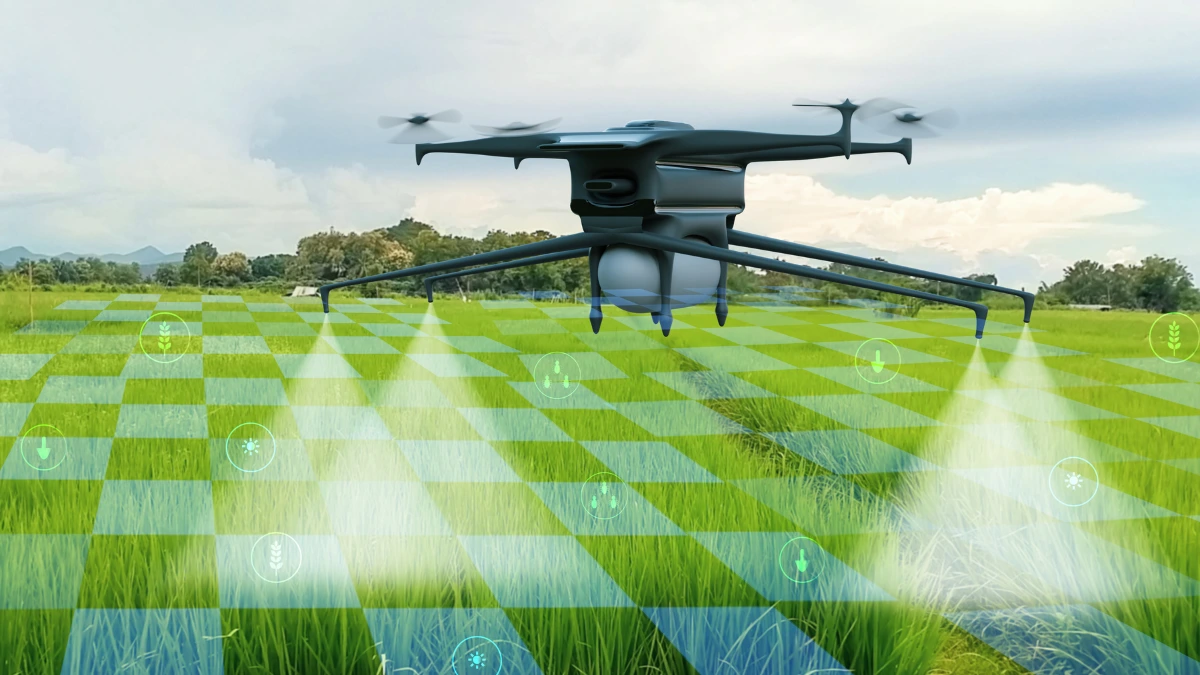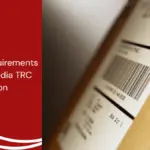Seed spreader drone is a part of drone that called Unmanned Aerial Vehicles (UAV) are unmanned aircraft that can be controlled by pilots via remote control from a distance, it has influenced many sectors, from stunning aerial photography to industrial inspection needs.
With the increasing use of seed spreader drone, the Indonesian government through Decree of the Minister (KEPMEN) No. 544 Tahun 2021 from the Ministry of Communication and Digital (KOMDIGI) has established passive optical network testing standards to ensure that these devices are safe, efficient, and do not interfere with each other.
This regulation is intended to ensure that all seed spreader drone circulating in Indonesia must ensure their quality, safety, and compliance with applicable regulations through testing standards.
Also Read
Table of Contents
Seed Spreader Drone Testing Standard

Before being used or marketed in Indonesia, seed spreader drones must meet several established technical requirements. Here are some of the standards that must be met:
Power Supply
The seed spreader drone can be supplied with either AC or DC power. For devices with an AC power supply, the device must operate normally with 220V of approximately 10% voltage and 12% 50 Hz frequency.
When using an external power supply (eg using batteries or an AC/DC power converter), the external power supply must not affect the ability of the telecommunications tool and/or equipment to meet all technical parameter benchmarks.
Electromagnetic Compatibility (EMC)
Seed spreader drone or Unmanned Aerial Vehicle Telecommunication Tools and/or equipment must comply with SNI CISPR 32:2015, or ETSI EN 301 489-3 which refers to ETSI EN 301 489-1.
Electrical Safety
The electrical safety assessment of seed spreader drones must meet the requirements specified in SNI IEC 60950-1:2016 or SNI IEC 62368-1:2014. The parameters that must be met are:
- a. overvoltage or electric strength or dielectric strength; and
- b. leakage current or touch current.
Parameter testing is carried out based on the following assumptions:
- a. telecommunications equipment and/or telecommunications equipment are supplied with a special external power supply continuously (AC/DC converter or adapter/charger);
- b. and telecommunications equipment and/or telecommunications equipment operate with SELV in an environment where overvoltage of the telecommunications network is not possible. SELV refers to a voltage that does not exceed a 42.4V peak or 60V DC.
Main Requirements
Every Drone / Unmanned Aerial Vehicle Telecommunication tool and/or equipment must meet the main requirements as listed in this table.
| Frequency Range | RF Output Power | Transmitter Spurious Emission | Testing Method |
| 2400 – 2483.5 MHz | < 20 dBm EIRP | FCC §15.209 and/or §15.247 | FCC §15.247 and ANSI C63.10 |
| ETSI EN 300 440 | ETSI EN 300 440 | ||
| ETSI EN 300 328 | ETSI EN 300 328 | ||
| 5725 – 5825 MHz | < 20 dBm EIRP | FCC §15.209 and/or §15.247 | FCC §15.247 and ANSI C63.10 |
| FCC §15.209 and/or §15.407 | FCC §15.407 and ANSI C63.10 | ||
| ETSI EN 300 440 | ETSI EN 300 440 |
Testing Method
Testing of the main requirements of Drone / Unmanned Aerial Vehicle Telecommunication Tools and/or equipment is carried out based on the test method as determined by the Directorate General of Resources and Equipment of Post and Information Technology.
Seed Spreader Drone Type Approval and Certification Process in Indonesia

For seed spreader drones to be used legally in Indonesia, certification from DJID is required. Here are the steps to get it:
Pre-testing the device
Before official testing, the device must be pre-tested first using measuring equipment such as a spectrum analyzer.
This helps ensure devices meet technical standards before being tested in authorized laboratories.
Testing at an official laboratory
After passing the pre-testing, the gadget will be sent to an assigned official research facility for experience testing according to the guidelines stipulated in the Decree of the Minister (KEPMEN) of the Director General of the Ministry of Communication and Digital (DJID) No. 544 Tahun 2021.
Issuance of certificates
After the device passes testing, an official certificate will be issued by DJID. This certificate is a requirement to market the device legally in Indonesia.
Tips to ensure standards compliance
- Learn the latest regulations: Make sure you understand every detail of the Decree of the Minister of the Director General of the Ministry of Communication and Digital No. 544 Tahun 2021, including technical requirements and test methods.
- Perform pre-testing: Before official testing, perform pre-testing to ensure the device meets standards. If you don’t have a measuring instrument, use the DJID certification service, which provides pre-testing services.
- Counsel a master: If this is your to begin with time looking for certification, consider utilizing the services of experienced DJID certification administrations. <UN>
















